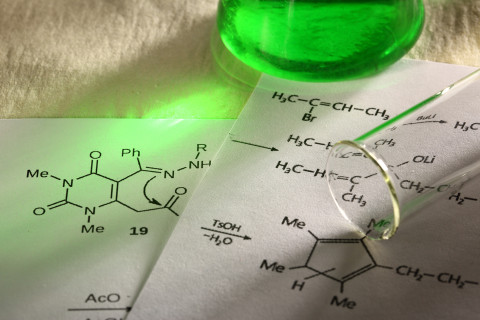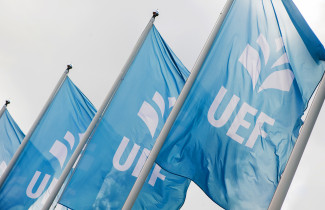High-level radioactive wastes (HLRW) are harmful to the ecosystem and therefore their effective disposal is very important. Underground repositories have been accepted by several countries as the best option for long-term disposal of high-level radioactive waste. The general idea is to keep HLRW in repositories about five hundred meters below the surface for about one hundred thousand years. The models of these repositories however vary according to countries. In Finland, the treated HLRW are placed in copper cannisters and these cannisters are then placed in the repository. The repository is placed in the bedrock with bentonite buffer material in-between the bedrock and repository.
Bentonite buffer materials swell in contact with water and this swelling creates effective sealing of the HLRW from the ecosystem. The effects of iron (III) content and interlayer cations on the swelling pressure of montmorillonite and beidellite clay minerals were studied using molecular dynamics simulation method. Results obtained from this thesis have practical applications in choosing suitable buffer materials for geodisposal repositories. Results also provide understanding of the effect of cations in the water phase around bentonite clay minerals.
The doctoral dissertation of MSc Aderemi Fayoyiwa, entitled The effects of the chemical composition and interlayer cations on the swelling pressure of smectite clay minerals – A molecular dynamics study will be examined at the Faculty of Science and Forestry on the 16th of June in the Joensuu Campus. The opponent in the public examination will be Professor Emeritus Risto Laitinen, University of Oulu, and the custos will be Professor Emeritus Tapani Pakkanen, University of Eastern Finland. The public examination will be held in English.



